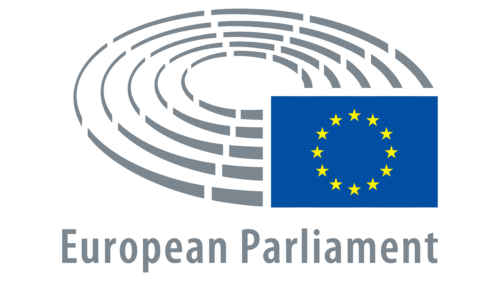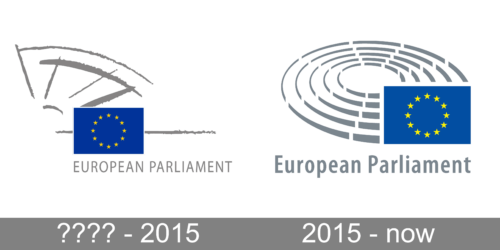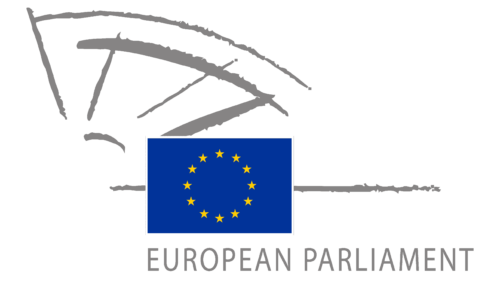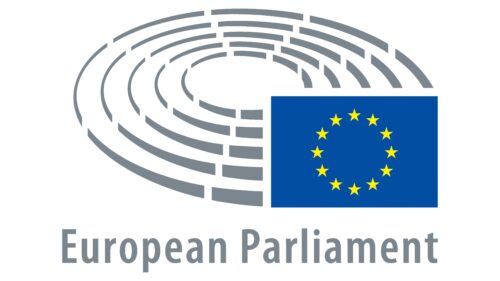The European Parliament (EP) is a pivotal institution within the European Union (EU), dedicated to representing the interests of its citizens. It is not owned by a single entity but rather is a collective representation of the EU member states. As one of the legislative bodies of the EU, the EP collaborates with the Council of the European Union to discuss and pass laws. The Parliament operates primarily in three cities: Brussels (Belgium), Strasbourg (France), and Luxembourg. Members of the European Parliament (MEPs) are directly elected by EU citizens every five years, ensuring a democratic representation of the EU’s diverse population.
Meaning and history
Founded as part of the evolving European integration after World War II, the European Parliament originated with the establishment of the European Coal and Steel Community in the early 1950s. Over the years, its powers and influence have expanded. Key achievements include gaining the power of co-decision in many policy areas, ensuring more democratic processes in the EU, and advocating for human rights, environmental protection, and free trade. Presently, the European Parliament stands as a robust democratic institution in the EU, with its MEPs continuing to shape policies that affect over 447 million people in 27 member states.
What is European Parliament?
The European Parliament is the directly elected parliamentary institution of the European Union. It represents EU citizens, collaborates on legislation, and oversees other EU bodies. With its members coming from 27 member states, it plays a vital role in shaping e.
???? – 2015
The logo embodies a modernistic interpretation with abstract strokes suggesting an overarching structure. Dominated by soft, irregular gray lines, these brushstrokes form an almost skeletal, arched design that seems reminiscent of a protective canopy or futuristic architecture. Within this monochromatic scheme, a deep blue square stands out distinctly. Centered in this square are 12 gold stars arranged in a circle, symbolizing unity and solidarity. The words “EUROPEAN PARLIAMENT” are inscribed at the bottom, hinting at the institution’s significant role in governing and unifying diverse European nations. The juxtaposition of the abstract arches with the emblematic stars reflects a blend of tradition and modernity, capturing the essence of the European Parliament’s evolving role in the 21st century.
2015 – Today
This design exudes a sense of structure and harmony, merging contemporary aesthetics with significant symbolism. At its heart lies a circular maze-like pattern, reminiscent of an amphitheater or perhaps the seating arrangement of a parliamentary assembly. The repeated, curved lines in varying shades of gray give depth and perspective to the emblem, suggesting unity, dialogue, and collaboration. Beside this central motif, a vivid blue square emerges, containing 12 radiant golden stars arranged in a perfect circle, echoing the ideals of unity, harmony, and cooperation among the member states. Below, the phrase “European Parliament” is rendered in a sleek, modern typeface, underscoring the institution’s gravitas and its pivotal role in shaping the European discourse. The overall composition combines geometric precision with symbolic depth, encapsulating the Parliament’s commitment to both order and democratic values.










